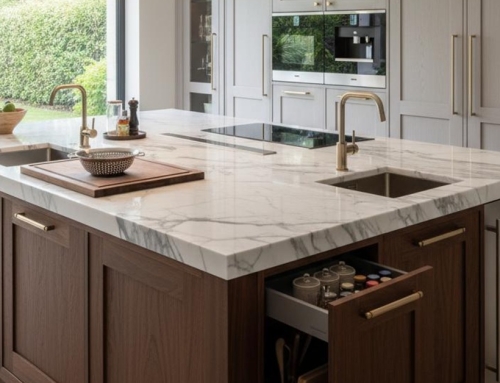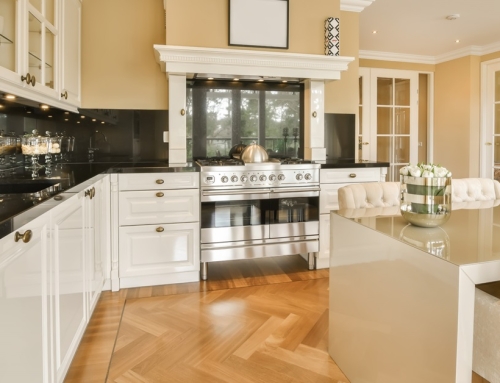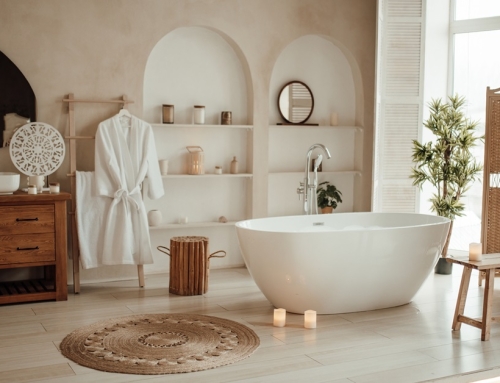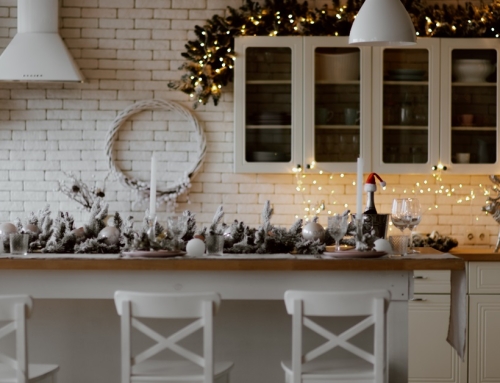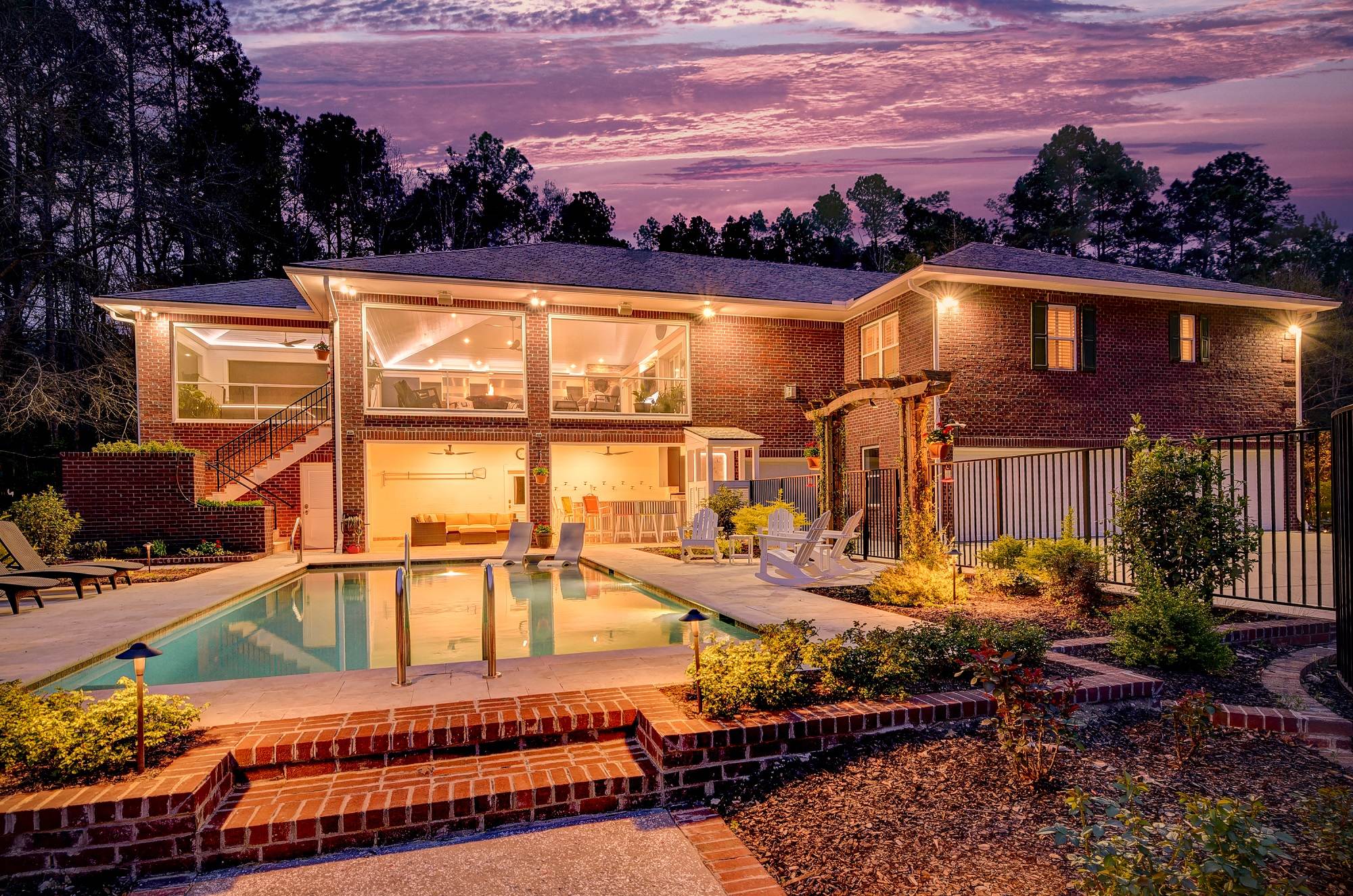Texture is often an overlooked element in interior design, but it can bring life and character to any living space. Textured materials can add depth and dimension to your kitchen or bathroom, making it a visually appealing and dynamic space. So, let’s explore the latest trends, best practices, and tips for using textured materials in your next kitchen or bath remodeling project.
What Are Textured Materials?
Textured materials are those that have a surface that is designed to look or feel different from the surrounding area. Some examples include exposed brick, stone, concrete, wood paneling or shiplap, and tiles with various textures. These materials add visual interest to any space while also providing tactile sensations.
Benefits of Incorporating Textured Materials
Incorporating textured materials in your kitchen or bath remodeling project improves the look and feel of your space. Textured materials add depth and dimension to flat surfaces, breaking up visual monotony. They can also create visual interest and a sense of warmth. For example, a kitchen backsplash with a textured surface can draw the eye and create focal points that add to the overall design scheme of the room. Similarly, a textured wall can add visual interest and depth to a bathroom, making it feel cozier and more inviting.
Maximizing the Use of Textured Materials
Textured materials can be used in many ways to add visual interest to your kitchen or bath. Popular areas to incorporate textured materials include walls, backsplashes, countertops, and fixtures such as faucets and handles. Some textures work better with certain colors and design schemes. For example, natural stone, wood, and brick look stunning with a neutral color palette for a rustic touch in your home. Marble is a great option with a sleek monochromatic look. Additionally, textured tiles come in a variety of shapes and sizes, making them versatile for any installation.
Incorporating the Latest Trends in Textured Materials
Textured materials in 2023 will take inspiration from the natural world. Designs mimicking natural elements such as water, sand, and stone will be prevalent. Incorporating these elements can create a calming and serene environment in your kitchen or bath. Large-format tiles will also be a significant trend. Instead of having multiple smaller tiles, these statement pieces create a more modern and high-end look.
Best Practices for Sourcing and Installation
When incorporating textured materials into your kitchen or bath remodeling project, it’s essential to work with professionals for sourcing and installation, such as Winslow Design Studio & Custom Homes. You must select materials suitable for your home’s environment and layout. Our experts in kitchen and bath remodeling can determine the proper installation and maintenance of textured materials such as tile, brick, and stone, which can be more challenging to install than traditional tiles.
Cleaning and Maintaining Textured Materials
Proper cleaning and maintenance ensure that textured materials look great and last for years to come. Avoid harsh or abrasive cleaners that could scratch or stain these materials. Instead, use a soft-bristled brush or cloth, mixed with a gentle cleanser. Avoid the use of bleach and other chemicals that could cause the textured material to lose its shine or fade.
Incorporating textured materials in your kitchen and bath remodel can add visual interest, depth, and dimension to any space. They are perfect for breaking up a flat surface and adding character to a room. With proper sourcing, installation, and maintenance, textured materials can continue to be a source of inspiration and joy in your home for years to come.



